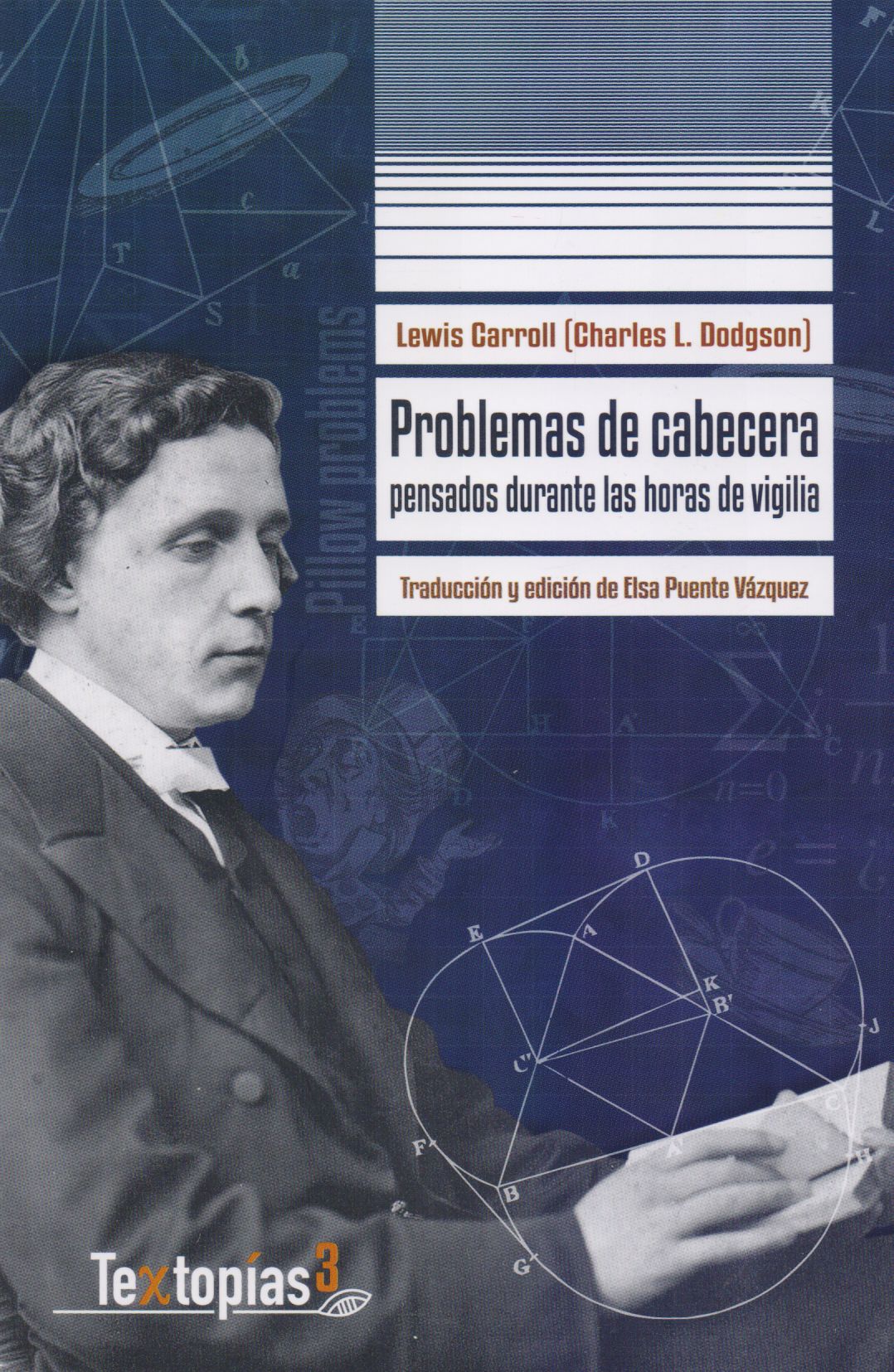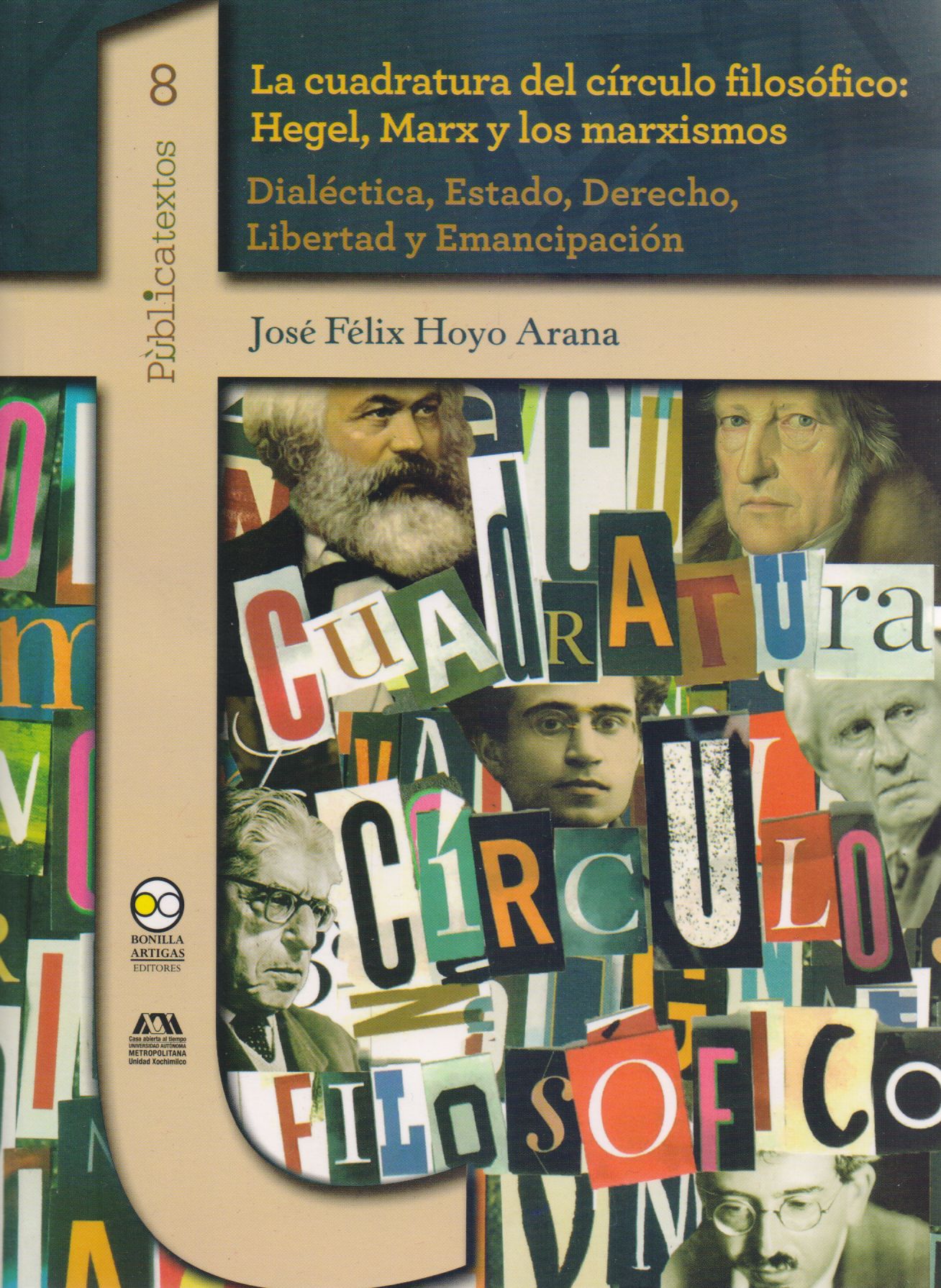Libros relacionados
 |
Problemas de Cabecera: Pensados Durante Horas de Vigilia Carroll, Lewis (Charles L. Dodgson) Bonilla Artigas Editores |
 |
Cuadratura del Círculo Filosófico, La: Hegel, Marx, y los Marxismos Hoyo Arana, José Félix Bonilla Artigas Editores |
 |
Estudios de las Mujeres Hacia el Espacio Comnún Europeo, Los Arriaga Flores, Mercedes / Estévez Saá, José / López Enamora Arcibel Editores |
 |
Genero, Acoso y Salud. Violencia Contra las Mujeres Gómez Terrón, Rafaela / Guerra García, Mónica / Rodíiguez Sa Arcibel Editores |
 |
Entendiendo la Figura de la Académia Mexicana: 4 Relatos de Éxitos y Contencione Castañeda-Mayo, Judith Arcibel Editores |


|
Título: Anime Machine, The. A Media Theory Of Animation | |
| Autor: Lamarre Thomas | Precio: $400.00 | |
| Editorial: University Of Minnesota Press | Año: 2009 | |
| Tema: Estudio, Animacion | Edición: 1ª | |
| Sinopsis | ISBN: 9780816651559 | |
| Despite the longevity of animation and its significance within the history of cinema, film theorists have focused on live-action motion pictures and largely ignored hand-drawn and computer-generated movies. Thomas Lamarre contends that the history, techniques, and complex visual language of animation, particularly Japanese animation, demands serious and sustained engagement, and in The Anime Machine he lays the foundation for a new critical theory for reading Japanese animation, showing how anime fundamentally differs from other visual media.
The Anime Machine defines the visual characteristics of anime and the meanings generated by those specifically "animetic" effects-the multiplanar image, the distributive field of vision, exploded projection, modulation, and other techniques of character animation-through close analysis of major films and television series, studios, animators, and directors, as well as Japanese theories of animation. Lamarre first addresses the technology of anime: the cells on which the images are drawn, the animation stand at which the animator works, the layers of drawings in a frame, the techniques of drawing and blurring lines, how characters are made to move. He then examines foundational works of anime, including the films and television series of Miyazaki Hayao and Anno Hideaki, the multimedia art of Murakami Takashi, and CLAMP's manga and anime adaptations, to illuminate the profound connections between animators, characters, spectators, and technology. Working at the intersection of the philosophy of technology and the history of thought, Lamarre explores how anime and its related media entail material orientations and demonstrates concretely how the "animetic machine" encourages a specific approach to thinking about technology and opens new ways for understanding our place in the technologized world around us. |
||
Librería Bonilla SA de CV © Todos los derechos reservados. 2019
Última actualización: Jul 2019




